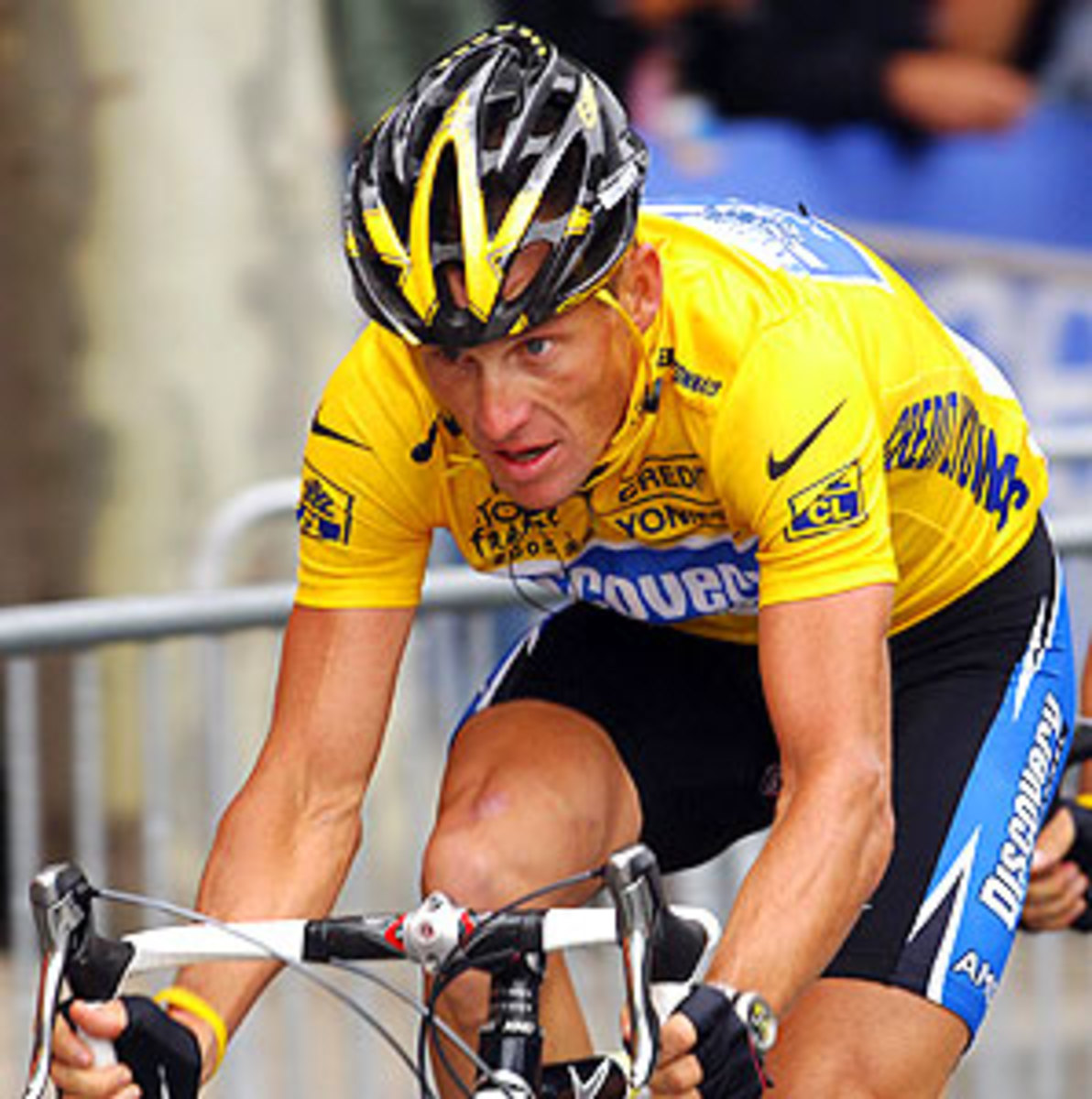USADA describes Armstrong as driving strategic doping operation
In August, Lance Armstrong declined to participate in the arbitration process that would allow him to fight against doping charges brought by the U.S. Anti-Doping Agency. Armstrong's decision not to participate in the process was, in the anti-doping process, something akin to a "no contest" plea, with automatic sanctions -- a lifetime ban and the loss of seven Tour de France titles -- subsequently kicking in. Still to come was the USADA report, called a "reasoned decision," spelling out the agency's evidence against Armstrong.
On Wednesday, USADA released an exhaustive report with more than 1,000 pages of testimony that discusses "a massive team doping scheme, more extensive than any previously revealed in professional sports history." According to the report, Armstrong's career with the Postal and Discovery Channel cycling teams "was fueled from start to finish by doping." The report characterizes the evidence against Armstrong as "as strong as, or stronger than, that presented in any case brought by USADA over the initial 12 years of USADA's existence." Ultimately, the evidence outlined in the report paints a picture of Armstrong not as an athlete who was simply one among a legion of reluctant dopers, but rather as something of a doping trailblazer who was organizing methods of doping and the evasive tactics that would conceal them.
In addition to blood tests indicative of blood manipulation, the report contains information from more than two dozen of Armstrong's former teammates and employees from his U.S. Postal and Discovery Channel teams. Some of the cyclists, like Armstrong's close friend George Hincapie, are widely respected in the cycling world and had never before publicly admitted doping. In his 2003 book Every Second Counts, written with Sally Jenkins, Armstrong says that there were times "when I've practically lived out of the same suitcase with George Hincapie ...You get to know everything about each other, including things you'd rather not." Armstrong goes on to describe Hincapie as "like a brother to me." Hincapie, who issued a statement Wednesday acknowledging that he doped and saying that he testified truthfully, told USADA that he was aware of Armstrong's use of EPO and blood transfusions, and that Armstrong had provided Hincapie with EPO.
In The Secret Race, written by Armstrong teammate Tyler Hamilton and author Daniel Coyle and published last month, Hamilton also says that Armstrong supplied him with EPO. The USADA report paints a picture of Armstrong not as one member of a team caught up in a doping culture, but as a team leader both on and off the bike who is driving a strategic doping operation. Armstrong, the report says, "acted with the help of a small army of enablers," including doping doctors and drug smugglers and Armstrong's wife, whose use and employment was based on decisions that "ultimately flowed to [Armstrong.]" When Armstrong went to Italian doctor Michele Ferrari "for doping advice," the report reads, "he expected that others would follow ... He was not just part of the doping culture on his team, he enforced and re-enforced it."
Former U.S. Postal rider Christian Vande Velde testified that in 2002 Armstrong and Ferrari held an intervention of sorts -- because Vande Velde was not doping sufficiently -- where Armstrong told Vande Velde that he "would have to follow Dr. Ferrari's program to the letter."
Included in USADA's evidence are e-mails between Ferrari and Armstrong after Armstrong had claimed he cut ties with Ferrari, and accounting records detailing more than $1 million in payments from Armstrong to Ferrari.
The revelations in the report range from Armstrong injecting himself with EPO right in front of his teammate Jonathan Vaughters, to Armstrong's use of saline injections to dilute his blood so that the increase in red blood cells from the EPO injection would not be detected by drug testers. Vaughters also testified that, in 1999, the year of Armstrong's first Tour win, Armstrong's then-wife, Kristin said that EPO was stored in the fridge at Armstrong's villa in Nice, France. Vaughters also testified that he saw Kristin Armstrong giving riders cortisone tablets that she wrapped in foil at Armstrong's direction, a practice that one rider referred to as, "Lance's wife ... rolling joints."
With USADA's report, 20 of the 21 podium finishers during Armstrong's string of seven Tour wins have now been directly linked to doping through admissions, investigations, or drug testing results.






